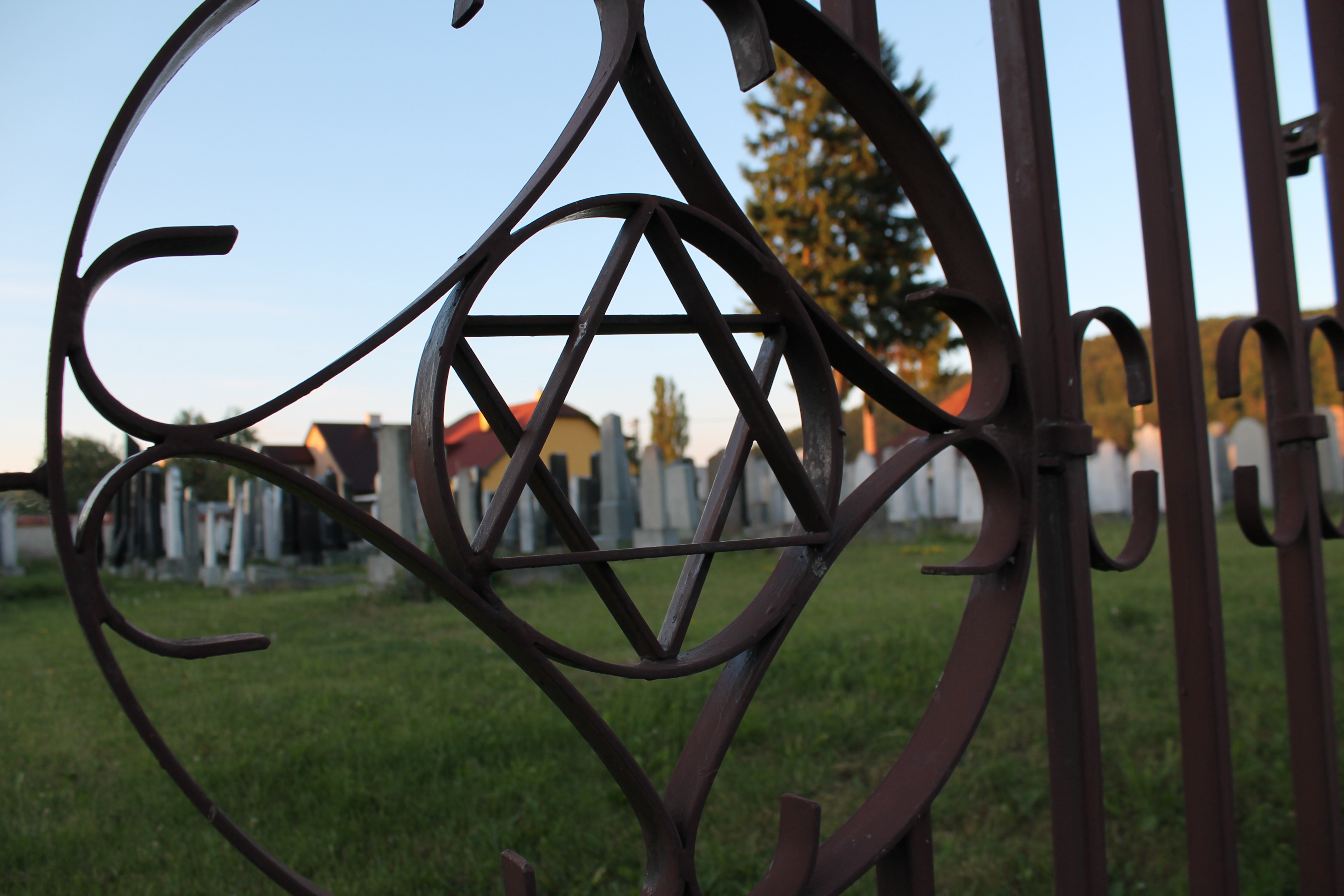Before visiting the Roma Cultural Museum in Brno and Auschwitz in Poland, I stayed in the Slovak town of Kežmarok: a village boasting a 13th century castle and vocational school for Romani.
I learned from the English guide that during WWII, the castle had been used as a prison for Jews in the village before they were sent to concentration camps. Slovakia was the only European country who paid to have their Jewish population sent to death camps. Romani people weren’t seen as worth enough to warrant pay so they were sent to work camps.
Before the war, one-fifth of the population of Kežmarok were Jewish citizens. One Jew lives there today. Tucked away in a forgotten corner of town was an unkempt Jewish graveyard.
Standing by the cemetery, staring over the sea of black, gray and white stone, I thought again about the concept of memory — of bearing witness to the atrocities and triumphs of the past in order to move forward in the present.
It is because of this that we remember the Holocaust and pay heed to Rwanda. We see Cambodia and Armenia and never forget Sudan. We take tours of Auschwitz and Birkenau and stare at graveyards on long afternoons.
I thought of the terror still happening in Syria, the Central African Republic and Myanmar. Would history and horror recycle itself always — a continuous loop of one bad news report and tear-gassed child after another?
I thought of the Porrajmos — the Devouring — the wrenching and systematic extermination of the Romani during WWII. Where were the Romani graveyards and celebrated survivors? Who was the Romani Anne Frank or Sophie Scholl?
“Many don’t know their own history,” my supervisor said before I left. “They don’t know the Holocaust happened.”
When my supervisors visited Auschwitz several years before, the Romani building hadn’t been a part of the main tour. Visitors had to come before 10 a.m. or after 3 p.m. to see the building. When my supervisor asked their tour guide about the memorial for the Romani, the guide seemed surprised.
“Do we have one?” she asked. The woman had been working at Auschwitz for 39 years.
Who will remember the Romani victims and survivors, heroes and martyrs? Who will tell their stories?
And most importantly, could this happen again?
Racial discrimination ranging from casual distaste to full blown hatred is common in Slovakia, and Romani have been targeted by neo-Nazis with violent consequences.
A neo-Nazi, Marián Kotleba, was elected last year as a governor in the Banska Bystrica region and has referred to the Romani population as “parasites” and said that the Slovak Republic was “established for Slovaks, not for minorities.”
Romani are treated like inferior citizens and even the sweetest Slovaks I’ve met wrinkle their noses when I tell them I’m here to learn about Romani culture.
In Kežmarok, I looked again at the tall, gray tombstones: sleeping sentinels of a time when evil was rampant in the hearts of decent citizens and distrust, propaganda and fear of the “outsider” led to the deaths of over 12 million Jews, Romanies, homosexuals, people of African descent, political prisoners and citizens who spoke against the genocide.
Without the concept of memory, without carefulness, without trying to understand those different than ourselves, Holocausts will happen again and are happening again.
We must be on guard against this thinking and our fear of the “other.” We must speak for those whose voices have been taken away or are still not strong enough to be raised with our own.
We share these stories, stare at the horror with an open, persistent refusal to look away, and we move forward together.










Leave a Reply